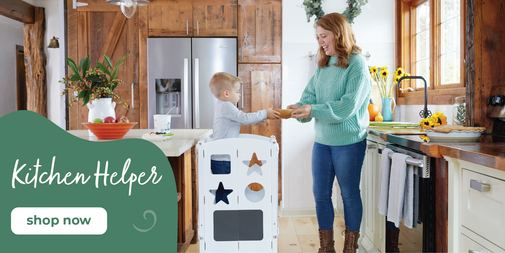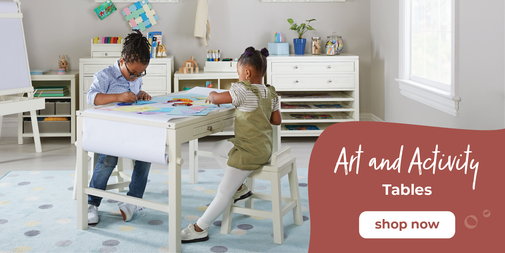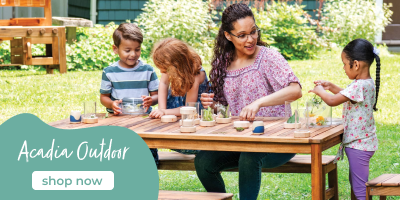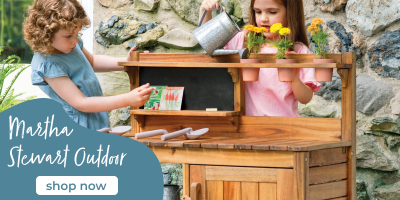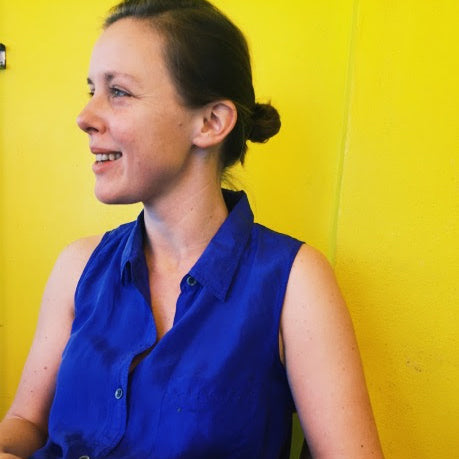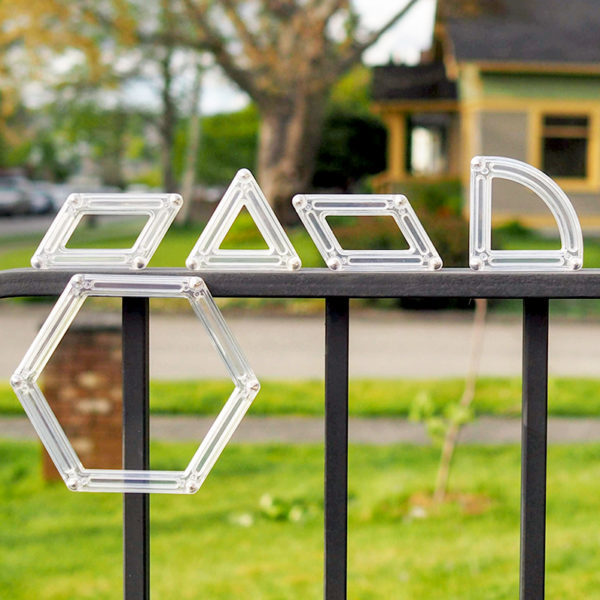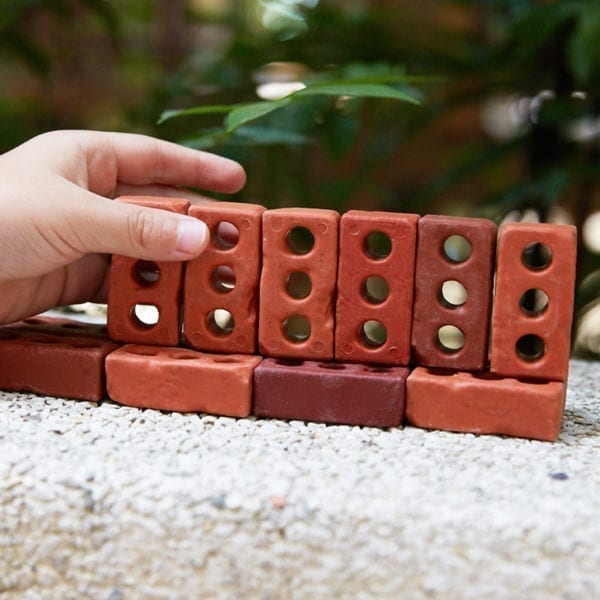How to Incorporate Light and Shadow Exploration into Playtime
Light and shadow are all around us: you don’t need to look far to find natural or artificial light making spaces more interesting. In the bright summer sun, you might see intense shadows coming through the trees and showing crisp outlines of leaf shapes, or simply illuminating leaves from behind, making them seem like they are glowing.

When the angle is just right, shadows are intense, sideways versions of bodies and fences and other objects between the sun and a surface. Because light and shadow surrounds us indoors and out, the exploration of it is bound to come up naturally for very young children, and can be a source of wonder and child-centered exploration.
The real pull of light and shadow is the visual contrast. As adults supporting children’s natural inclinations to play, we can point out natural shadows and light in the world; we can also take a moment to notice when children are noticing light and shadow contrasts and join in. Light has other conceptual “friends” besides shadow that make playing with light all the more fascinating.
We can curate light and objects to offer an invitation to explore light and shadow and the friends that come along with them: contrast, transparency, opacity, and color. Even without the verbal language to articulate, these concepts are what children are exploring, the things that they notice and are drawing them in. Young children don’t need labels for these things because they feel like they are discovering something for the first time. So much is new and fascinating for little eyes, hands, and brains. If we, as adults, want to plan a fascinating experience to explore light and shadow, we can plan playful curation.

Contrast. How much difference is there between darkness and light? Think of how different is to watch a movie in a completely darkened room than in one with the lights on. The LED Activity Tablet offers this opportunity, even in a room that isn’t darkened because exploring objects on the pad offers satisfying contrast.
Transparency and Opacity. A young child’s exploration of the world includes exploring transparency: how much light passes through? Or, as a companion, is the object opaque? Does it block light? Exploring objects with different levels of opacity and transparency together offers different levels of satisfaction. Can multiple transparent objects be layered, and still be transparent? Some transparency makes for a more satisfying exploration, but too much means that satisfying contrast isn’t there. In an ideal setup, there is a spectrum of transparency to explore. There might also be curiosity about fully opaque objects, providing visually satisfying contrast and calling for attention to shapes and details. Children might find objects in the environment that they want to add to the light pad, possibly discovering and adding something we would never have considered.
Color. Items like Rainbow Blocks are created with both transparency and color in mind, offering the opportunity to mix in layers to be especially satisfying on a light pad, or against the contrast of natural light. A collection of objects of one color is visually stimulating on its own: for example, offering all red objects that might have varying levels of contrast and transparency opens up an opportunity for conversation and dialogue about these big ideas.
On a gloomier indoor day, it is satisfying to click on an LED Activity Tablet in a darkened space to explore objects. With different levels of transparency, opacity, and color, they appear to glow, as if the objects themselves contain their own internal light. A light source can become a stage for objects, both manmade and natural: a theatre for light and friends.
